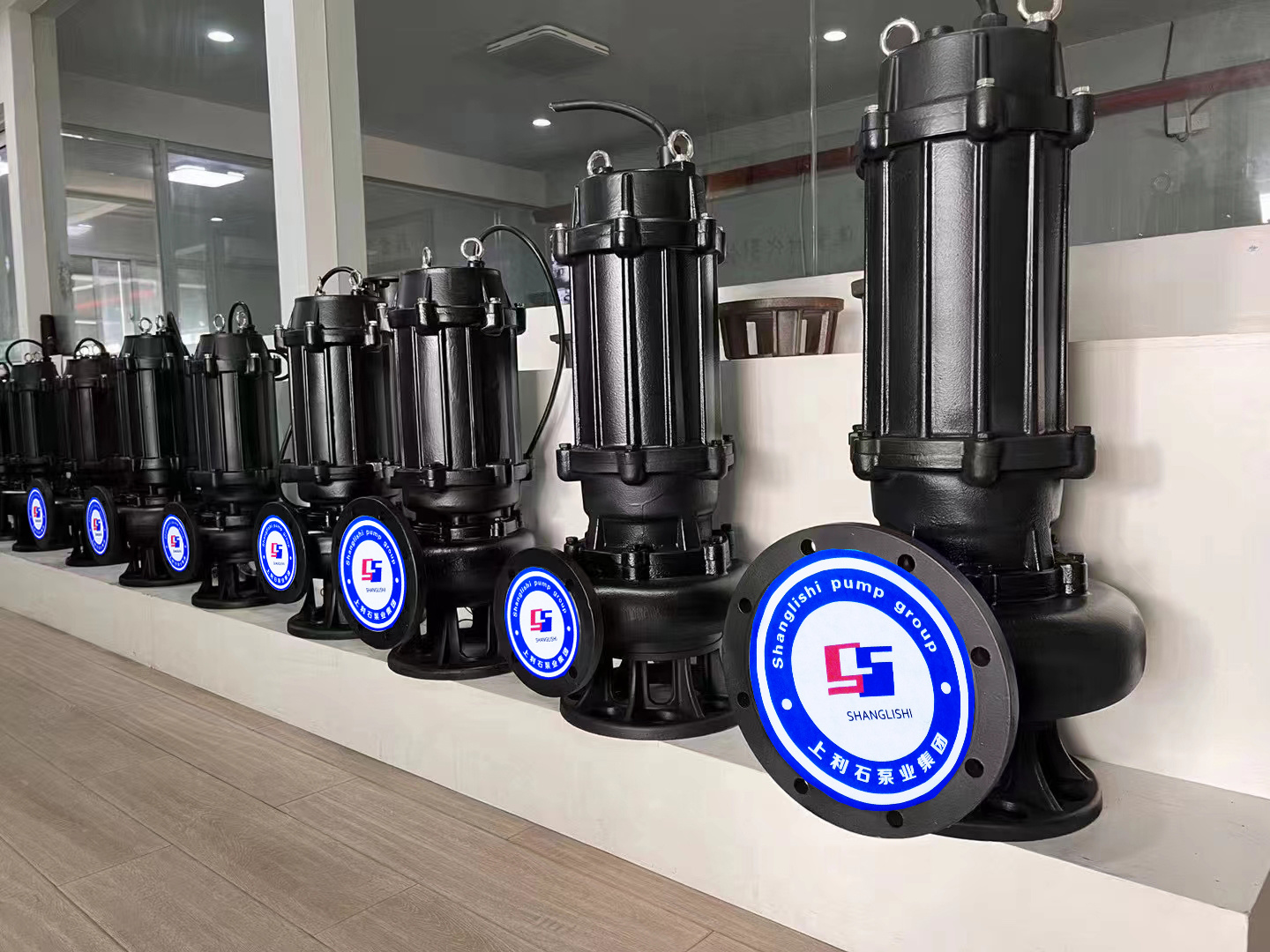Characteristics and applications of submersible pumps
Published:
Sep 19,2024
A submersible pump is a type of water pump device that is submerged in water, using a close integration of the pump body and motor to draw water to the surface or other locations. Submersible pumps can be widely used in industrial production, agricultural irrigation, and urban construction, and they also possess high efficiency and stability.

Submersible pumps are devices that are submerged in water to draw it to the surface or other locations by closely integrating the pump body with the motor. Submersible pumps can be widely used in industrial production, agricultural irrigation, and urban construction, and they also possess high efficiency and stability. The following will discuss the working principle and performance characteristics of submersible pumps.
- Working Principle of Submersible Pumps
The working principle of submersible pumps mainly involves using an electric motor to drive the impeller to rotate, allowing water to flow into the pump and then be discharged through the pump body and outlet pipeline. Since the submersible pump is placed in water, its inlet and outlet are both located below the water surface. When the motor starts, the impeller begins to rotate, sucking water into the pump, which is specially designed to create pressure, allowing water to be discharged through the outlet pipeline. The entire process is achieved by transferring electrical power to rotate the mechanical components of the pump, thereby drawing water from a lower level to a higher level.

- Performance Characteristics of Submersible Pumps
1.Compact and Lightweight: Submersible pumps are vertically installed, making them compact and lightweight, which is very convenient for transportation and installation.
2.Low Noise and Long Service Life: The motor of the submersible pump is integrated with the pump body, resulting in low noise and a long service life.
3.High Pumping Efficiency: The special design of the pump body enhances pumping efficiency, allowing for a greater water output.
4.Corrosion and Wear Resistance: Submersible pumps are typically made of stainless steel, providing good corrosion and wear resistance.
5.Automatic Control: Submersible pumps are usually equipped with automatic control systems that can automatically manage start-stop operations and water levels.
6.Versatility: Submersible pumps can be used for various purposes, such as sewage discharge, irrigation, and water supply.Various Occasions.
Three,The applications of submersible pumps are also very extensive, with some major fields listed below:
•Wastewater: Submersible pumps are widely used in the gravel and wastewater industries. They are often used in pumping stations and lift stations due to their compact structure and lower installation costs compared to other pumps.
•Sewage Treatment: Sewage treatment requires submersible pumps, such as grinder pumps, which can transport solid materials from the pump's inlet to the outlet without obstruction. These pumps typically reduce the pollution particles in sewage materials for easier processing and downstream treatment.
•Water Pumping: Submersible pumps are commonly used to remove water accumulated in low-lying areas or water pits. An example is removing water from tailings ponds in mining operations or from basements of buildings due to flooding.
•Dredging: Port authorities use these pumps for dredging ports. They must be specially designed to handle liquids with high solid content.
•Wells: These pumps are used in water wells and drilling to lift water to the surface. The oil and gas industry widely uses submersible pumps to lift oil from deep wells to the surface.ESPMining: Mines use submersible pumps, which are designed differently from those used in the oil and gas industry. They must withstand harsh conditions, as mine water is highly acidic and contains suspended solids.
•Oil and Gas: Many submersible pumps in the oil and gas industry operate based on the principle of electric submersible pumps (ESP). This is an economical and effective method for extracting large volumes of fluid from deep wells.ESPThe motors used in these systems are designed to operate under high temperatures and pressures. They require special cables, which are expensive.
•石油和天然气:石油和天然气行业中的许多潜水泵都根据电动潜水泵(ESP)原理运行。这是一种从深井中抽取大量流体的经济有效的方法。ESP系统中使用的电机设计用于在高温和高压下运行。它们需要特殊的电缆,费用昂贵。
Keyword:
Submersible pump,Sewage Pump,Submersible pump,WQ
SHANGLISHI PUMP GROUP
Department Director: Ms. Wang
Tel: +86-311-82725800/82725629
Email: admin@sls-pump.com
WhatsApp: +86 15830676372
Mobile Website

Mobile Website
Copyright © 2022 SHANGLISHI PUMP GROUP


